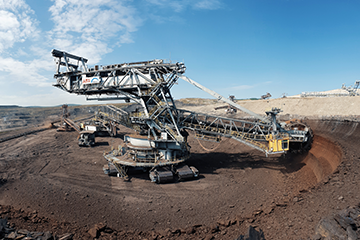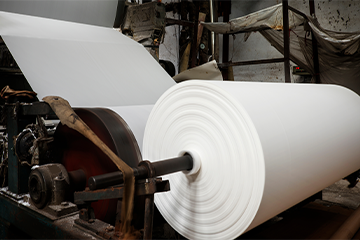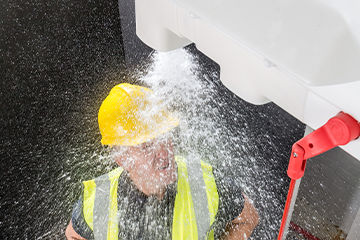Enquiry List () (0)
- 10 Jun 2022
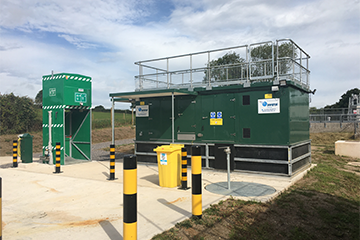
How to Use a Safety Shower and Eyewash Station Effectively
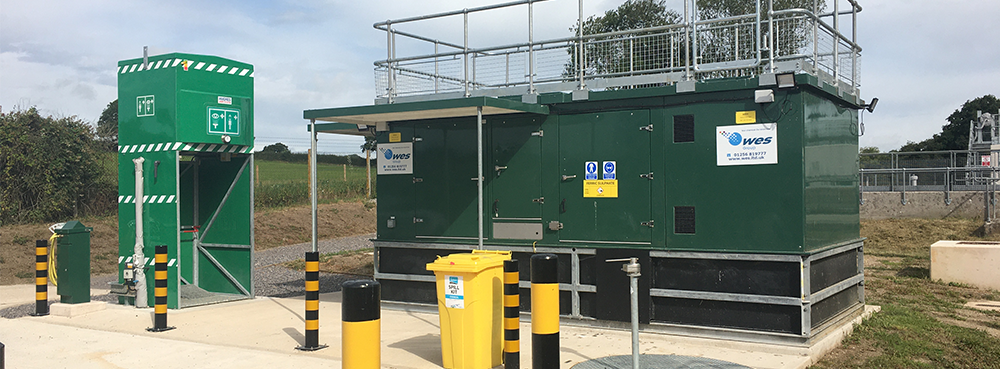
In hazardous workplaces, immediate action following chemical exposure can be the difference between a minor incident and a severe injury. Emergency safety showers and eyewash stations are designed to provide rapid decontamination, but their effectiveness hinges on knowing how to use them correctly. This guide will walk you through the essential steps to ensure you’re prepared to respond effectively in an emergency.
Understanding the 10-Second Rule
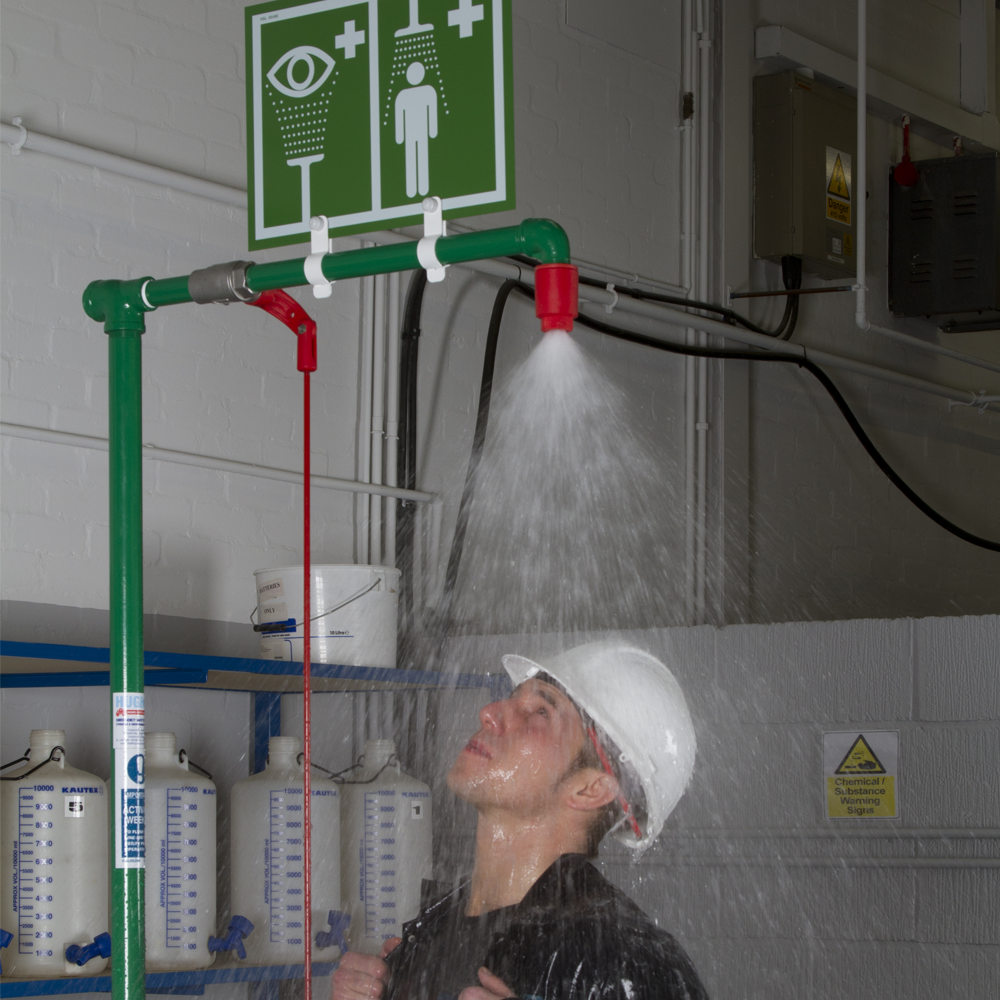
When a chemical splash or exposure occurs, time is of the essence. The EN and ANSI standards state that emergency showers and eyewash stations must be located within 10 seconds’ reach of the hazard. Pathways to the shower and eyewash station should always be clear and unobstructed, with clear signage. Employees must also be informed about their location and how to utilise them effectively.
The water delivered by the equipment should be tepid, ideally between 16-38°C (60-100°F). Extreme temperatures, either too hot or too cold, can worsen injuries. Tepid water ensures the user is not subjected to thermal shock while cleansing contaminants.
How to Use an Emergency Safety Shower
Safety showers provide full-body decontamination following a major chemical spill. They are designed to be simple to activate in the event of an emergency, going from off to on within a second. Knowing how to use a safety shower quickly and effectively is crucial:
- Immediate action: do not hesitate. The moment contamination occurs, move swiftly to the nearest safety shower.
- Activate the shower: most safety showers are activated by pulling a handle, pushing a bar or stepping on a platform. Ensure the device is activated immediately and remains hands-free once activated. The shower should provide a continuous flow of water for a minimum of 15 minutes.
- Stand under the flow: position yourself directly under the showerhead, ensuring the water fully covers your entire body. Rotate slowly to allow water to rinse all affected areas thoroughly.
- Remove contaminated clothing: while under the shower, immediately remove all contaminated clothing, including shoes and socks. Chemicals can become trapped in fabric against your skin, causing continued exposure. Full removal ensures complete decontamination.
- Seek medical attention: after flushing, always seek immediate medical attention, even if the injury appears minor.
How Long Should You Stay Under the Shower?
The Hughes range of plumbed-in safety showers can deliver 76 litres of water every minute. But how long should a casualty remain under the shower? European and International standards recommend that the safety shower should provide a minimum of 15 minutes of continuous water flow, but don’t specify how long the affected body part should be rinsed to ensure a thorough decontamination.
The hazardous chemicals an employee may be exposed to should be identified during a risk assessment before purchasing safety shower and eyewash equipment. Once the properties are known, the correct equipment can be selected, and the flushing time adapted. The examples below were taken from the Canadian Centre for Occupational Health and Safety (CCOHS) website:
- 5 minutes for non-irritants or mild irritants
- 15-20 minutes for moderate to severe irritants and chemicals that cause acute toxicity if absorbed through the skin
- 30 minutes for most corrosives
- 60 minutes for strong alkalis (e.g., sodium, potassium or calcium hydroxide)
Medical attention should be sought as soon as possible, and the flushing procedure repeated if irritation persists.
How to Use an Emergency Eyewash Station
Safety showers are not suitable for treating the eyes and face due to the high flow rate and pressure, which could cause damage to this delicate area. Mains-fed eye wash stations deliver a controlled flow of 12 litres per minute of aerated water, non-injurious to the eyes.
Eye injuries can be particularly debilitating, making it imperative to understand how to use an eyewash station correctly and swiftly:
- Immediate action: do not delay. The moment a chemical enters your eyes, head straight for the nearest eyewash station. Like showers, eyewash stations must be accessible within 10 seconds and clearly marked.
- Activate the eyewash: most eyewash stations are activated by pushing a lever or lifting a lid. Ensure the device is activated and provides a continuous, hands-free flow of water.
- Position your eyes: lower your eyes into the gentle stream of water. The flow should be soft enough not to cause further damage but strong enough to rinse effectively.
- Thoroughly wash your eyes: use your fingers to hold your eyelids open wide to ensure the water reaches all surfaces of your eye, including under the lids. Gently roll the eyeballs during flushing to ensure the water flushes out any trapped contaminants.
- Remove contact lenses: if you wear contact lenses, remove them while flushing. Do not stop flushing to remove them. Removing them under the flow allows the water to wash away any chemicals that might be trapped between the lens and your eye.
- Repeat the process if necessary: if irritation continues, then repeat the process.
- Seek medical attention: after flushing, always seek immediate medical attention from a qualified medical professional.
How Long Should Eyes be Flushed at the Eyewash Station?
Standards recommend a minimum flushing time of 15 minutes for eyewash stations. This time allows for sufficient dilution and removal of most hazardous substances from the eyes. Stopping prematurely can leave residual chemicals that continue to cause damage. Never stop flushing before the recommended time, even if symptoms seem to subside.
Post-Decontamination Steps
After the flushing period, it is important to:
- Seek medical attention: always proceed immediately to a medical facility or have medical personnel attend to the injured individual. Even if symptoms appear to have resolved, some chemicals can cause delayed reactions.
- Report the incident: ensure the incident is reported following workplace safety procedures. This helps with investigation and prevention of future occurrences.
Train Employees to Ensure Readiness
All employees must be fully trained and instructed in the proper use and location of emergency showers and eyewash stations. It should never be assumed that workers are aware of the procedures.
A hands-on drill is effective to put the learning into practice. The UK Health and Safety Executive stress the need to ‘be prepared’, stating ‘you need to plan and practice to cope with foreseeable accidents, incidents or emergencies’. This includes having the right equipment in place, such as PPE and decontamination products, along with the correct procedures and people to act and deal with a casualty.
Hughes Safety Showers offers an extensive range of showers to suit all environments and industries, from indoor and outdoor drench or combination showers featuring an eyewash and handheld drench hose, to mobile and self-contained models for sites lacking a reliable water supply. To discuss your site requirements, please do not hesitate to contact us.




